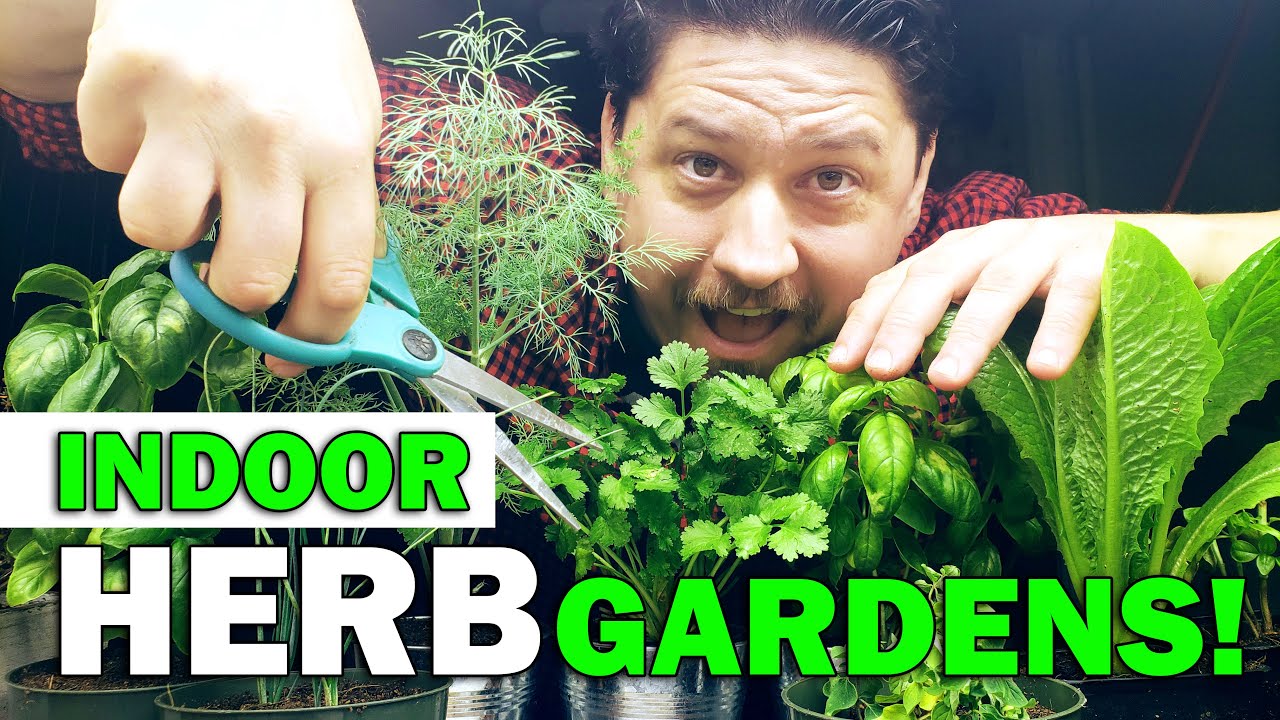Indoor Flowering Plants That Bloom All Winter Long
“`html
Indoor Flowering Plants That Bloom All Winter Long
Winter can be a challenging time for plant enthusiasts. While many outdoor gardens are dormant, indoor spaces can come alive with color and fragrance thanks to a variety of indoor flowering plants. Choosing the right plants that bloom all winter long not only enhances the aesthetic of your home but also lifts your spirits during the colder months. The appeal of indoor flowering plants lies not just in their beauty but also in their adaptability to indoor climates. Some plants, like the Winter Jasmine and Amaryllis, can fill your home with vibrant blooms even when the landscape outside is blanketed in snow. In this article, we will explore several species that thrive in winter, providing tips on care, light conditions, and ideal placements within your home. By understanding what indoor flowering plants to choose and how to nurture them, you can create a lovely indoor oasis that blooms through winter, making the cold months much more enjoyable and visually appealing.

1. Amaryllis: The Star of Winter Blooms
Characteristics of Amaryllis
Amaryllis is a popular choice for winter flowering due to its large, showy flowers that often bloom in shades of red, white, and pink. These bulbs can bloom within weeks of planting, making them a fast solution for winter color.
Growing Conditions for Amaryllis
To successfully grow amaryllis indoors, they require bright, indirect sunlight and should be watered only when the top inch of soil is dry. Ideally, they prefer temperatures around 70°F (21°C) during the day and a bit cooler at night.
Care Tips for Long-lasting Blooms
After the flowers fade, allow the leaves to remain, as they help store energy for next year’s blooms. To encourage re-blooming, reduce watering and keep the bulbs in a cool, dark place after blooming.
2. Christmas Cactus: A Festive Blooming Marvel
What Makes Christmas Cactus Unique
The Christmas cactus (Schlumbergera) is another beautiful indoor plant that yields vibrant blooms in cold months. Unlike traditional cacti, it thrives in more humid conditions and prefers indirect sunlight.
Ideal Growing Conditions
For optimal growth, place the plant in a well-draining potting mix and moderate temperatures. Ensure it gets a nice amount of indirect light but avoid placing it in direct sunlight as that can scorch the leaves.
Post-Bloom Care
After blooming, let the soil dry out between waterings. Feeding the plant every month during the growing season with a balanced liquid fertilizer can help ensure a bountiful bloom next winter.
3. Cyclamen: An Understated Beauty
Understanding Cyclamen Plant Features
Cyclamen plants have heart-shaped leaves and delicate flowers that come in shades of pink, white, and red. They’re particularly known for their charming grace and ability to bloom through winter.
Optimal Lighting and Water Needs
These plants prefer bright, indirect light and a cooler room (around 60°F or 15°C). Water the plant from the bottom to prevent rot, ensuring the tuber does not sit in water.
Ensuring Continuous Blooms
Once the flowers begin to fade, provide a dormant period by keeping the plant dry. In spring, resume watering to encourage new growth and blooms.

4. Paperwhite Narcissus: Fragrant Winter Bloomer
Features of Paperwhite Narcissus
Paperwhite Narcissus is well-known for its fragrant blossoms, making it a favorite winter flowering plant. The white flowers bloom atop slender stalks, bringing a refreshing scent to your home.
Best Growing Practices
These bulbs need good drainage and thrive in bright, indirect sunlight. They can be grown in potting soil or even gravel in water, making them versatile for indoor settings.
Care and Maintenance for Lush Growth
Water the bulbs to keep them moist but avoid overwatering. After blooms fade, the plant can be discarded as they are typically grown for a single flowering season.
5. Poinsettias: A Winter Classic
Identifying Poinsettia Characteristics
The vibrant red and green leaves of the Poinsettia are synonymous with the holiday season. Although typically associated with Christmas, they can have longevity into the winter months with the right care.
Optimal Environment for Poinsettias
Poinsettias require bright but indirect light and should be kept in environments that maintain a temperature of around 65-70°F (18-21°C). Ensure consistent watering while avoiding soggy soil.
Post-Holiday Care Tips
To maintain the plant for next season, encourage bracts by reducing watering and providing a dark period for at least 12 hours daily in the fall to induce flowering.
Summary and FAQs about Indoor Flowering Plants
Indoor flowering plants that bloom all winter long not only beautify your space but also contribute to a well-balanced home environment. Amaryllis, Christmas cactus, cyclamen, paperwhite narcissus, and poinsettias are some of the best choices for compelling colors and fragrances during winter months. Each of these plants has unique care requirements that cater to various indoor environments, making it accessible for anyone to grow beautiful blooms throughout the season.
FAQs
What indoor flowering plants bloom in winter?
Plants like Amaryllis, Christmas Cactus, Cyclamen, Paperwhite Narcissus, and Poinsettias are excellent choices for winter blooms.
How do I care for indoor flowering plants during winter?
Keep them in bright, indirect light, maintain consistent watering without over-saturation, and provide a temperature range that suits the plant’s specific needs.
Can I keep these plants blooming year after year?
Yes, with proper care and conditions, many indoor plants can re-bloom in subsequent years. Different plants have varied dormancy and care needs after blooming.
Do indoor flowering plants reduce indoor air pollution?
Yes, many indoor plants can help improve indoor air quality by absorbing toxins and producing oxygen, contributing to a healthier home environment.
By carefully selecting and caring for indoor flowering plants that bloom all winter long, you can create a vibrant, inviting atmosphere indoors while combating the dreariness of winter.
“`